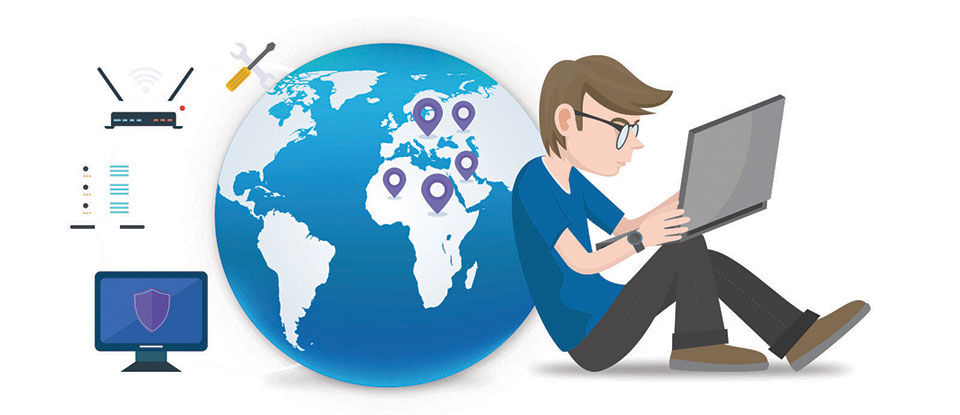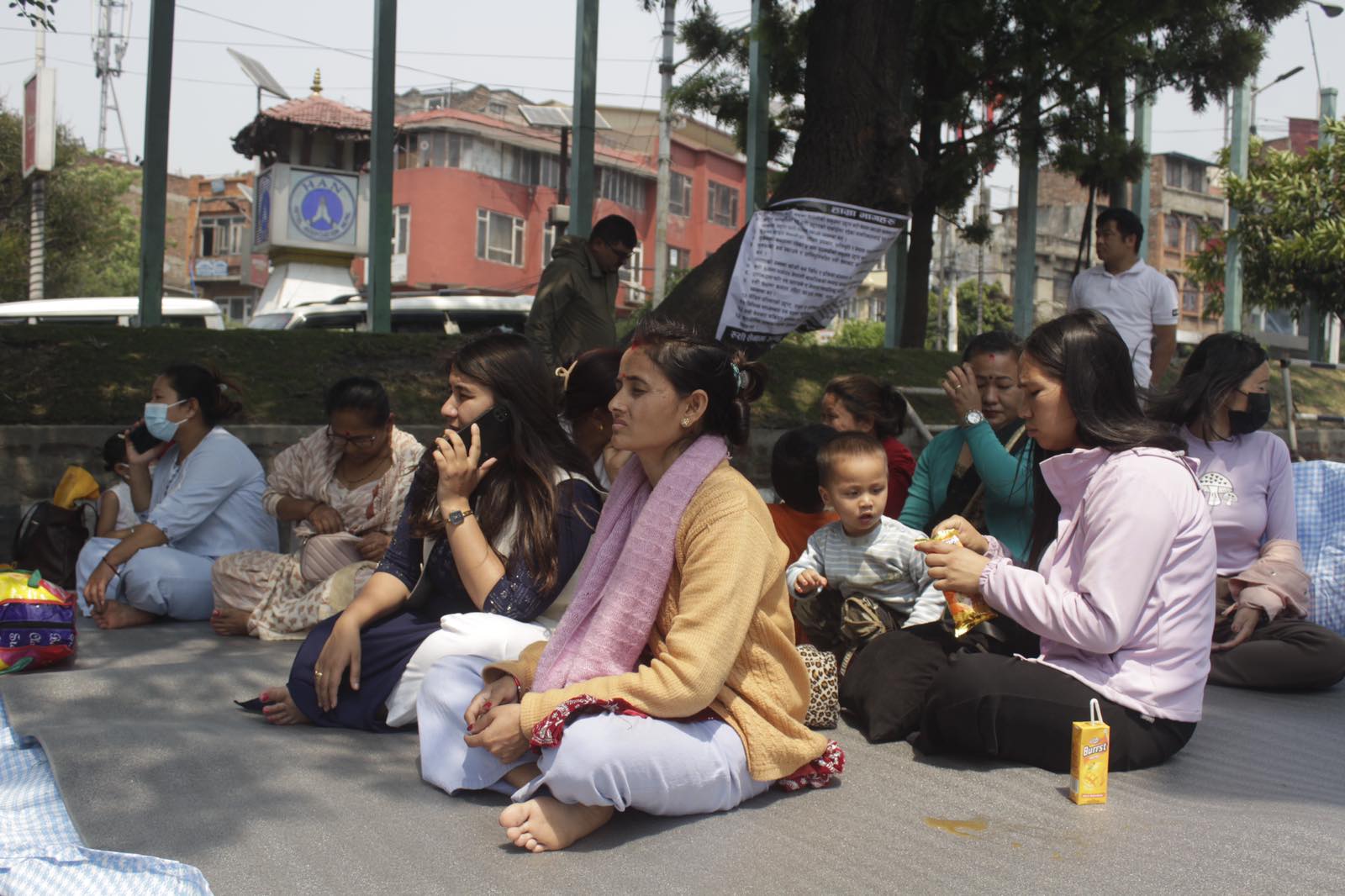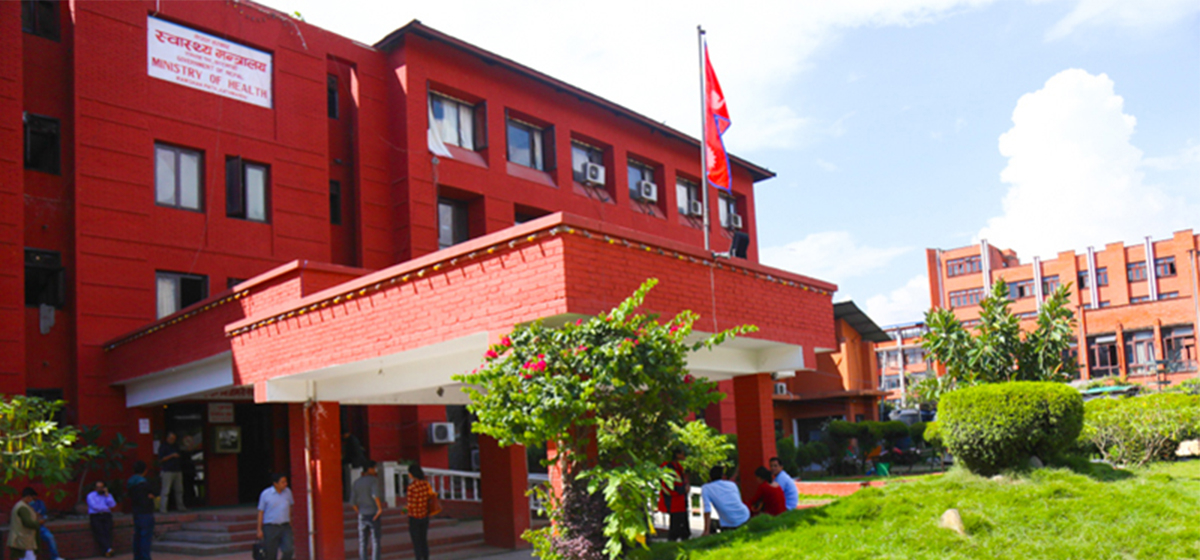
OR

No nation has progressed fast in terms of technology adoption when its school going children are not fully integrated to technological developments
In the current political discourse ‘SMART’ everything—from Smart Id cards to Smart driving licenses to Smart Schools and Smart cities—has become a favorite topic. Much has been said, and written, about the smart cities to smart schools. Unfortunately, there is not much of detailing with respect to how we go about achieving the intended smartness.
When it comes to use of technology, specifically new IT enabled services—the driving force behind our quest for SMARTNESS—there are no two ways about the fact that students tend to adopt this much faster than any other. For them, ‘it’s given’ whereas the rest tend to cling on to their early days and revel on how beautiful things were back in their times.
No nation has progressed fast in terms of technology adoption when its school going children are not fully integrated, or even exposed, to new ways of technological developments. Today, government is on a mission to take internet and other services to all the schools to make them SMART. However, with the penetration of only 20 percent of the population, as per the Nepal Telecommunications Authority (NTA) 2017 data, compounded with the poor quality of the internet, the road is definitely bumpy.
On the other hand, while we do need to appreciate the fact that reach of internet and other SMART devices definitely help schools become smarter, it’s not the ‘be-all’ and ‘end-all’ of our real quest for quality education. It’s how and what they do with the internet that defines smartness. This is where the problem starts with, and perhaps, ends with.
When F Davies completed his PhD thesis on Technology Adoption Model, popularly known as TAM, back in 1989 from MIT, he came with a theory that for any system to be ‘in-use’, it has to be backed up by two major factors: ‘Perceived Ease of Use’ and ‘Perceived Usefulness.’ For any new technology to be accepted, these two ‘constructs’ play a leading role. Exactly three decades later, we seem to be stuck with this very idea. What is it that is stopping us? I think it would be fairly safe to assume that while there’s comparatively significant amount of perceived usefulness of IT, teachers, and students for that matter, are still not so comfortable using the machines simply because they appear to be complicated. And they are not just complicated, but even when one were to overcome its complicated nature by getting trained on how to operate, one does not know how to put that in teaching and learning purpose.
ICT in Nepal
The biggest push to integrate ICT in education in Nepal came from the government in the form of ICT in Education Master Plan 2013-2017. In case of Bangladesh, a national policy framework was devised in 2009 for ICT in education. This initiative was further emphasized in National Education Policy of 2010.
Bhutan initiated the process of technology integration, primarily focusing on TVs and simple form of information and communication technologies back in 2000. However, it was only in 2014 when this mountain kingdom came up with iSherig Education Master Plan 2014 -2018. By the end of 2018, among other goals, one of its specific goals was to have 100 percent of teachers equipped to use ICT for teaching and learning. Sri Lanka embarked on an ambitious schoolnet project whereby in its first phase, it envisaged to integrate approximately 1500 schools under one network. The idea then was to provide a safe and secure platform to students and teachers alike to share teaching and learning materials. One of the key notable targets of the plan was to provide access to this net to over 90 percent of its student population by 2013.
Going by the timeline, it is pretty obvious that countries round this region pretty much embarked on similar journey of taking ICT to schools, and classrooms, round about the same time.
Various reports paint equally similar picture when it comes to challenges confronted in executing these plans. To start with, while the plans apparently have been robust, allocation of funds to achieve has been dismal. In terms of budgetary allocation as a percentage of Gross Domestic Product (GDP) to education, in the year 2015 Nepal spent 3.7 in education while Bhutan spent 7.38 , Pakistan 2.68 , Bangladesh 2.18 , India 2.4, Maldives 4.5 and Sri Lanka 2.23.
On the other hand, the ICT Development Index, a composite index of 11 indicators categorized into infrastructure and access, intensity and usage, and ICT skills—published by International elecommunication Union (ITU) ranked Nepal at 136, Bangladesh at 144, Pakistan at 143, Bhutan at 119, India at 131, the Maldives at 81 and Sri Lanka at 115. This was for the year 2015. To sum up, almost all the countries in the SAARC fall in the same bracket barring the Maldives. Hence the story isn’t that different where one could say that a particular country had a distinct advantage over another nor one joined the ICT bandwagon ahead of the other.
Rather, we all seem to face the similar set of problems when it comes to making a push of educational technology or integration of technology in education.
Pressing problems
To start with, it’s lack of funds. However, that alone cannot be and should not be attributed as sole difficulty. It is much of a behavioral and attitudinal issue. To name a few, it’s been difficult for teachers to embrace the technology simply due to the fact that they do not have any kind of affinity with the machines. The educational system and specifically the schooling system is designed in such a way that a teacher is seldom allowed a free time to work on his/her own. Teachers are compelled to teach as much as the school runs in a day. The new found way to deal with the problem is schools looking for special teachers to teach ‘computers’. The fallout is that these stand-alone “Computer Teachers” stands more as a technician than a teacher who on the one hand have a tendency to attach much of a self-importance of being the only “technical resource” and on the other hand, this arrogance does not allow him/her to get along with the rest of the teachers.
To make matters worse, teachers, even when they know how to operate the machine, do not know much about what to do with it. As a result, these supposedly smart machines get reduced to mere replacement for typewriters. The content that is readily usable, content that will make teaching and learning process simpler, interesting, purposeful for both the teacher and the students is very few.
We will continue to march ahead in our quest for ‘prosperity’ and while we do so, our efforts will have to be interjected by varieties of SMART systems. However, unless and until we start from the bottom of the pyramid and bring schools to the forefront and address the issues that currently impede them becoming smart, the journey will be painfully slow.
The author is currently pursuing PhD in Technology Management in Public Schools from Kathmandu University School of Management
You May Like This

Technological progress has both opportunities and challenges: Finance Minister Dr Mahat
KATHMANDU, Sept 2: Finance Minister Dr Prakash Sharan Mahat has said technological development has both opportunities and challenges. ... Read More...


Just In
- FWEAN meets with President Paudel to solicit support for women entrepreneurship
- Koshi provincial assembly passes resolution motion calling for special session by majority votes
- Court extends detention of Dipesh Pun after his failure to submit bail amount
- G Motors unveils Skywell Premium Luxury EV SUV with 620 km range
- Speaker Ghimire administers oath of office and Secrecy to JSP lawmaker Khan
- In Pictures: Families of Nepalis in Russian Army begin hunger strike
- New book by Ambassador K V Rajan and Atul K Thakur explores complexities of India-Nepal relations
- Health ministry warns of taking action against individuals circulating misleading advertisements about health insurance














_20240419161455.jpg)


Leave A Comment